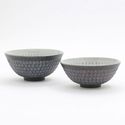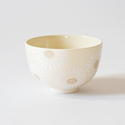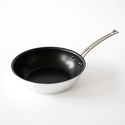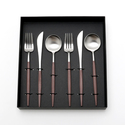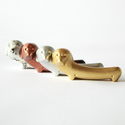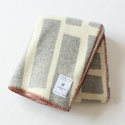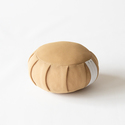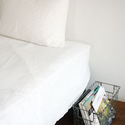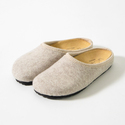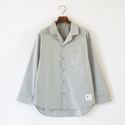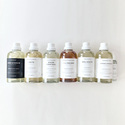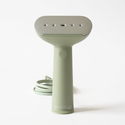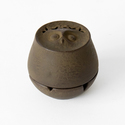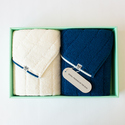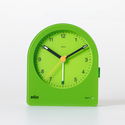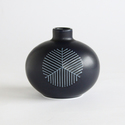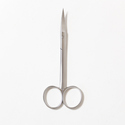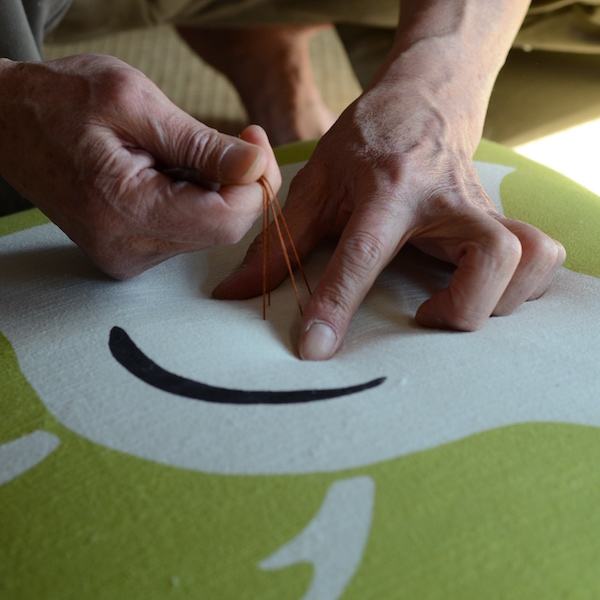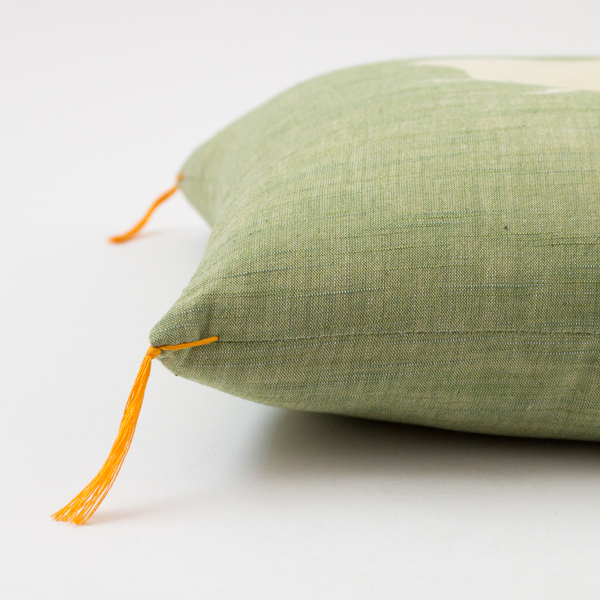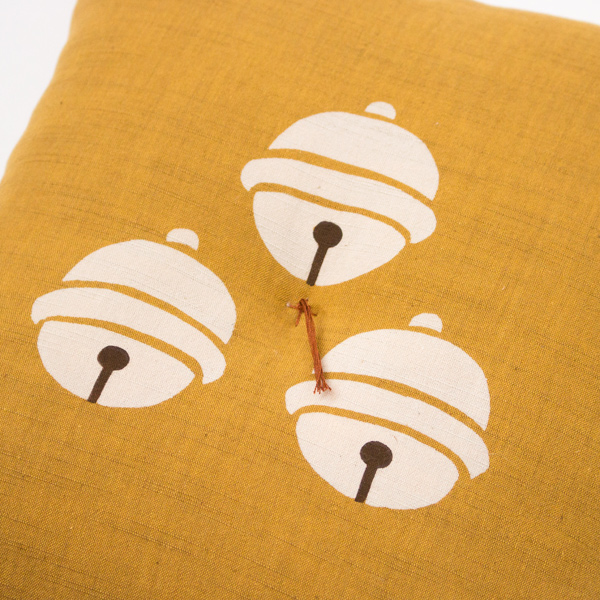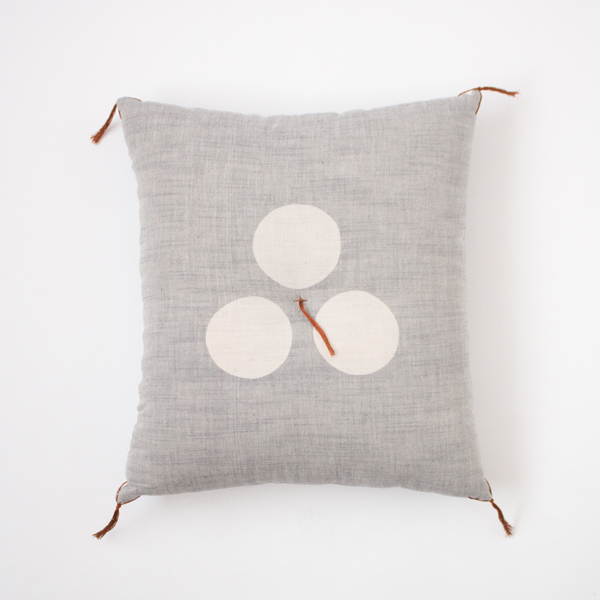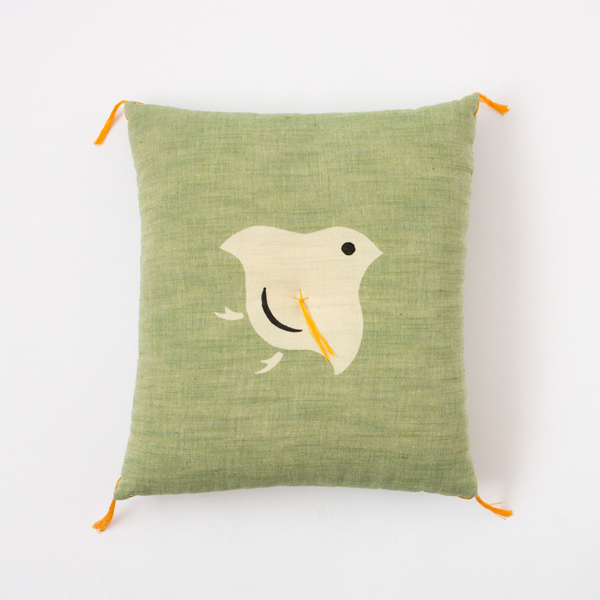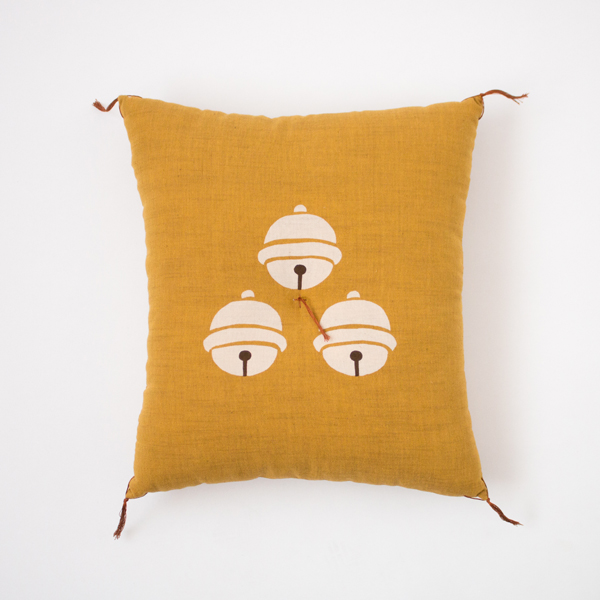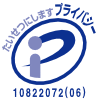- トップページ/
- ZUTTOのよみもの/
- Japanese brands/
- Hand-sewn Japanes...
Hand-sewn Japanese Zabuton with Auspicious Patterns
People in Japan often sit on the floor instead of a chair at home because there is a culture of taking shoes off. Yet, if you just sit on the floor, you may feel cold, or your butt may hurt. Zabuton, the traditional Japanese cushion has been made to use in that scene. People sit on the zabuton directly to make your body warm and comfortable. Zabuton looks just like a cushion but usually made flatter and designed to be sat on. It is recognized as a part of Japanese culture.
Hand-sewn Japanese zabuton
Zabuton was originally used as a place for persons with power. In Japan, zabuton has been spread to ordinary people since the Edo era (1603-1868). It is thought useful to protect body temperature and improve comfort. Even in the modern age, there is still a custom that lets guests sit on a zabuton or layering zabuton on a chair to make it more comfortable.
In the past, zabuton was hand-stitched one by one. But they become rare because of the expanse of chair culture and aging of craftsman.
Ponpindo's zabuton is handmade by craftsmen. While zabuton is usually made flat, Ponpindo stuffs cotton twice as much as usual, so that it becomes soft and fluffy. It is made easy to use in the modern living environment.
The zabuton uses Indian cotton that is excellent in heat retention and moisture absorption. The cotton is repeatedly passed through a cotton mill to remove impurities then becomes resilient and soft.
Edo-stencil dyeing
You find that the adorable patterns on Ponpindo's zabuton. The patterns are made by Edo stencil dyeing. It is the way to apply glue on a cloth with paper patterns to create the areas where color would be dyed / not dyed. The process takes a lot of time and effort and is definitely precious skills in modern times.
Here is how the Edo stencil dyeing is processed.
1. Patterns are carved on "Shibu-gami," which are pattern papers coated by tannin.



2. Place the Shibu-gami on a cloth, then apply glue with a brush. The part where the glue is on would not be dyed. The glue is made by mixing glutinous rice with water, salt and rice bran.

3. Soy juice is applied to the entire cloth. This process makes the colors easier to be dyed and reduces color bleeding.
4. Set the cloth on a table with a roller to dye. Each color would be dyed with a brush.
5. Steaming the cloth with high-temperature steam and makes the colors hard to fade. This process enables colors to be the dye makes it difficult for the color to fade. This process reveals the original colors.
6. Rinse the cloth with water and carefully remove the glue. Instead of rubbing, craftsmen gently pinch with fingers and rinse it. After that, the fabric would dry and be finished.


Traditional Edo stencil dyeing goes through such a long process. But for Ponpindo's products, the patterns are mainly made by discharge print and dyeing.
*Discharge printing: It is a method of making a pattern by applying a special paste to make the part decolorized.
By making a contrast of colors, you would find the adorable patterns on the zabuton.

Traditional auspicious patterns on Ponpindo's zabuton
Each Ponpindo's zabuton has a different pattern and all have specific meanings.
Three stars
Stars are often drawn as dots. Stars have long been considered mysterious and have been the subject of worship. Three stars are considered as a symbol of good luck.
Bird
The pattern of a bird, especially a plover symbolizes achievement. It comes from a play on words; in Japanese, a plover is called Chidori, which also means "getting a lot of things."
Bell
Bells are believed to ward off bad luck. They also mean praying for good fortune.
Click here to see more about Ponpindo's Zabuton

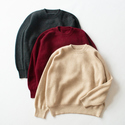
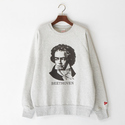

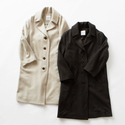
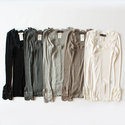
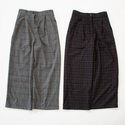
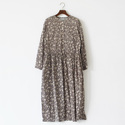


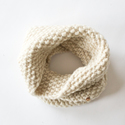

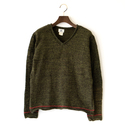

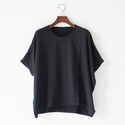
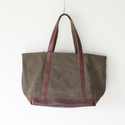
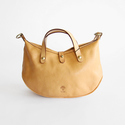
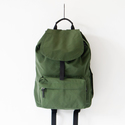
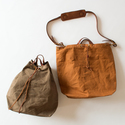

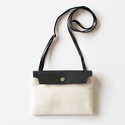
.jpg)

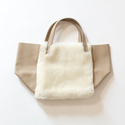
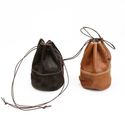
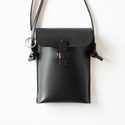
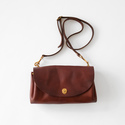
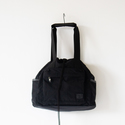
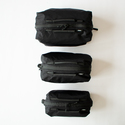

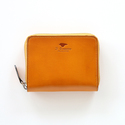
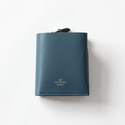
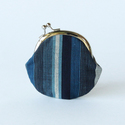
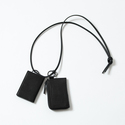
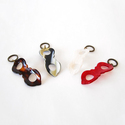

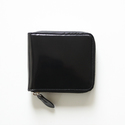
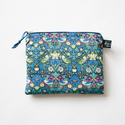

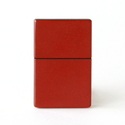
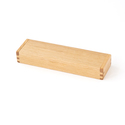
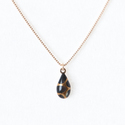

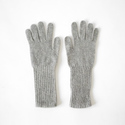
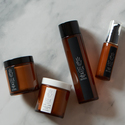
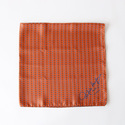
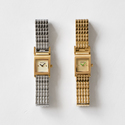
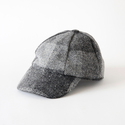
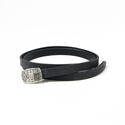

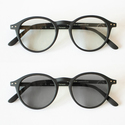


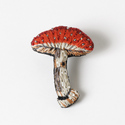
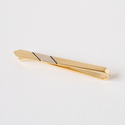



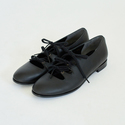
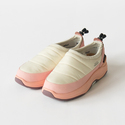
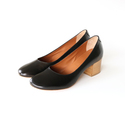


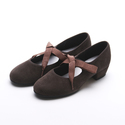
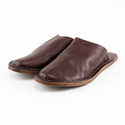

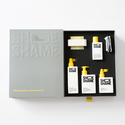

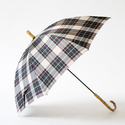
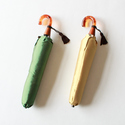
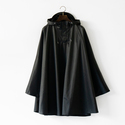
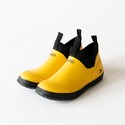

.jpg)

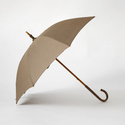
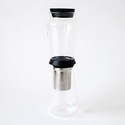
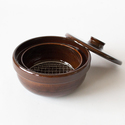
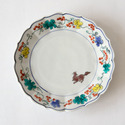
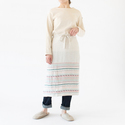
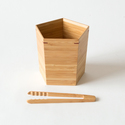
.jpg)


